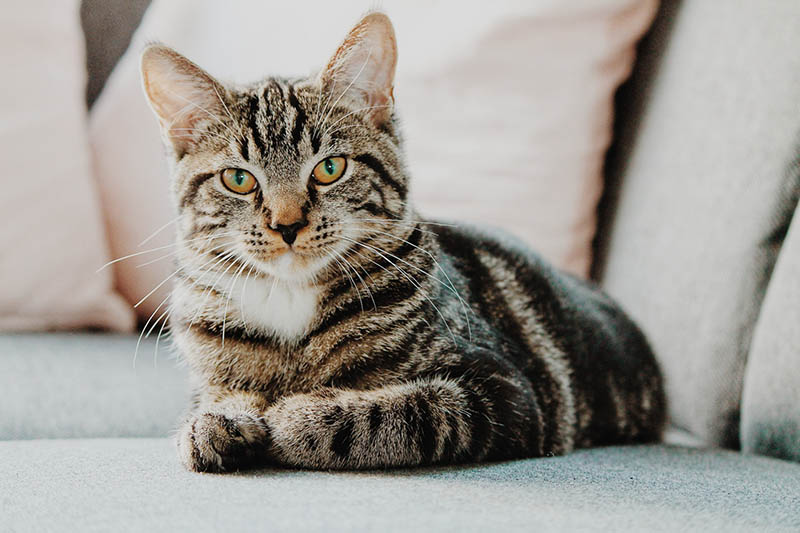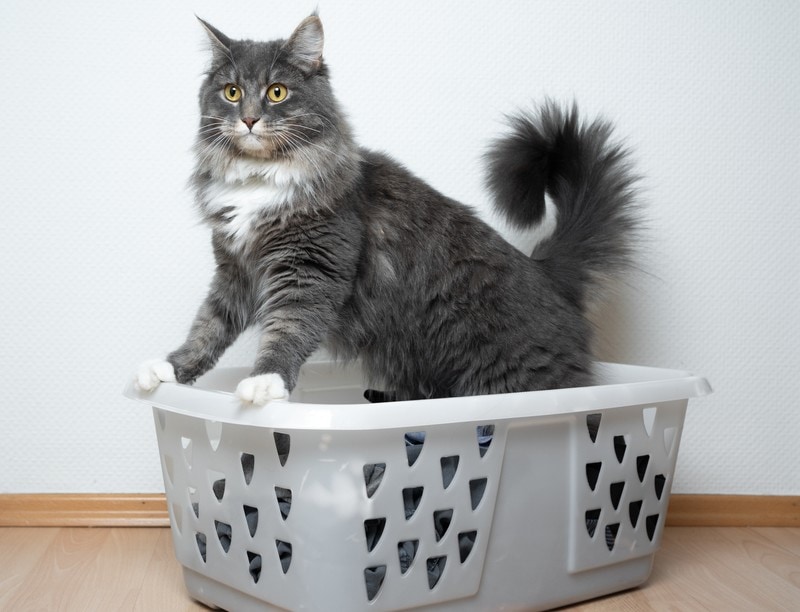10 Norwegian Forest Cat Facts You’ll be Surprised to Know
Updated on
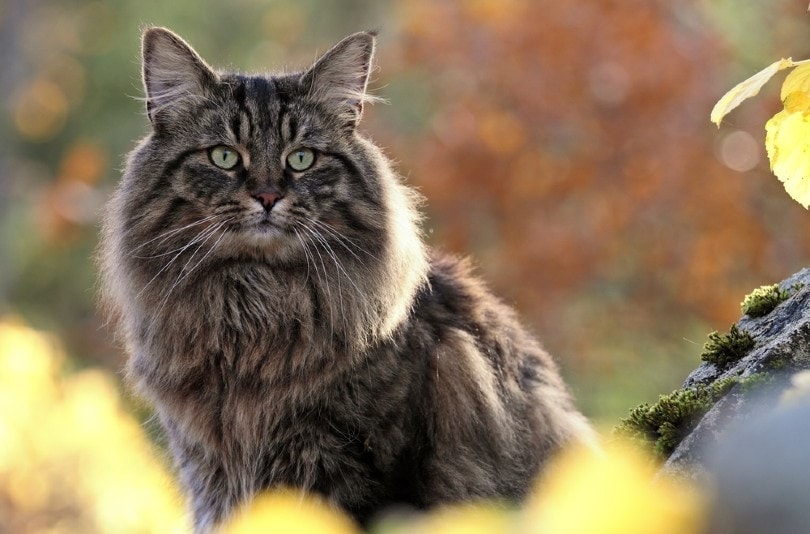
Known for their fluffy coats and friendly disposition, Norwegian Forest Cats are full of life and character. But hidden amongst all that fluff are a few surprising facts about their past that you should know.
The 10 Norwegian Forest Cat Facts
1. They Molt in the Summer
At first glance, Norwegian Forest Cats (NFC) look fat. But a healthy NFC is well-built with a lot of fluff. Naturally, they require a regular grooming routine to keep their luscious locks silky smooth. During the summer, a Norwegian Forest Cat’s fur molts the undercoat when extra insulation is unnecessary. When winter comes, the fluff regrows.
2. They Love Water
Norwegian Forest Cats love the water. This is because they likely had to fish to survive in the wild. Their double coats can withstand harsh wind and snow and protect their bodies from icy cold water, allowing them to find food year-round.
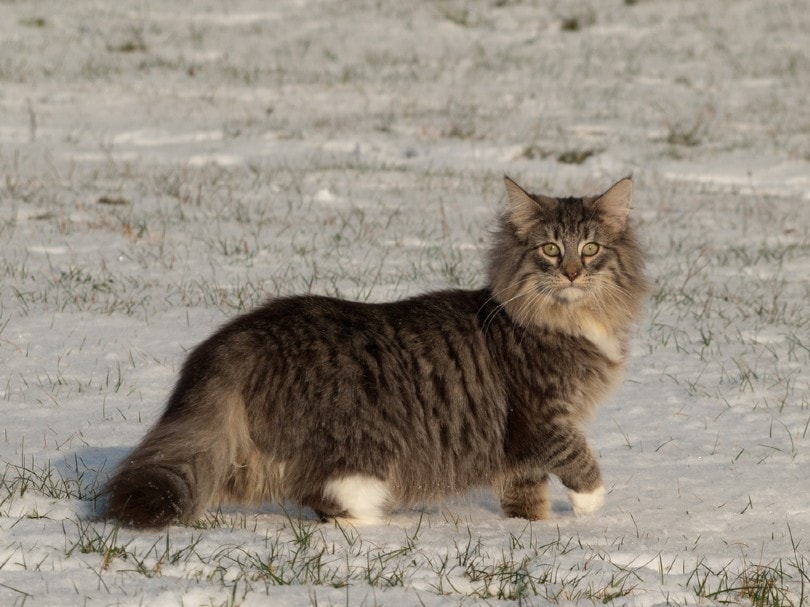
3. They’re Called the Viking Cat
Who would think that Vikings would be responsible for giving us a cuddly creature? It seems unlikely, but it’s very probable.
Vikings and other sailors brought cats on their ships to keep mice and rats out of the food supply (another reason for this breed’s love of water). They would then release the cats into the wild when docked, allowing the cats to breed with the native cats. It’s believed the Vikings were responsible for introducing the breed to Norway. Norwegian Forest Cats have earned their name as the Viking Cat for this reason.
4. They Play a Part in the Norwegian Fairy Tale “Freyja”
Old documents from the 16th century describe cats resembling the NFC, including the old Norwegian fairy tale “Freyja,” a story of a Norse goddess who traveled in a chariot pulled by two cats.
5. They Almost Went Extinct
The Norwegian Forest Cat almost went extinct from breeding with other cats, which diluted the gene pool and almost wiped out the breed entirely. However, Norway stepped in and eventually saved the breed from becoming a thing of the past.
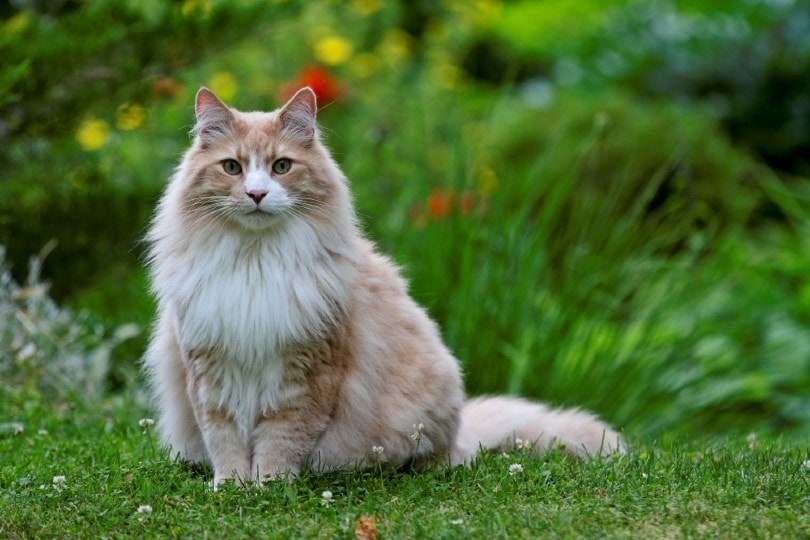
6. They’re the National Cat Breed of Norway
It may seem obvious, but some animal breeds have nationalities in their names even if they’re not from that country (i.e., the Australian Shepherd). That’s not the case with the Norwegian Forest Cat. In 1938, King Olaf V of Norway declared the NFC the official national cat breed of Norway.
7. They Came to the US in 1979
Shortly after the breed was saved, Norwegian Forest Cats made their way to America. The first NFCs entered the country in 1979.
8. They Achieved Championship Status in 1984
The International Cat Association accepted the NFC as championship status in 1984. Shortly after, the Cat Fanciers Association followed suit in 1993.
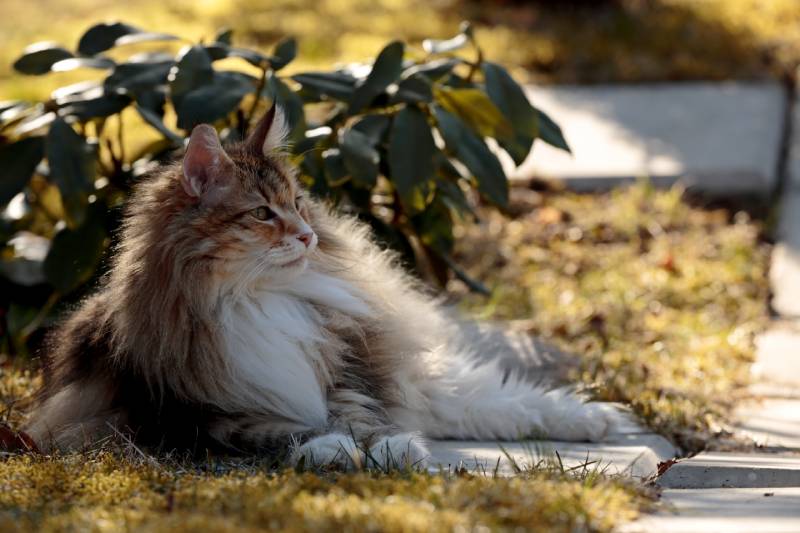
9. They Have Specific Health Concerns
Norwegian Forest Cats are prone to heart problems, hip dysplasia, and glycogen storage disease Type IV. Reputable breeders help reduce the number of cases through good breeding practices, but sometimes these issues are present at birth.
10 .They Have a Special and Hilarious Nickname
Norwegian Forest Cat fans have a special nickname for their kitties, and it’s hard to take seriously. Often, you’ll hear an NFC called a “wedgie” for short. The next time you hear your friend mention their wedgie, check if they have cats first!
Conclusion
Norwegian Forest Cats have existed long enough to have struggled and conquered. Perhaps they learned well from the Vikings! Regardless, we’re glad they left the horned helmets in the past. The fluffy coat is much better for snuggles, anyway.
Featured Image Credit: Elisa Putti, Shutterstock

